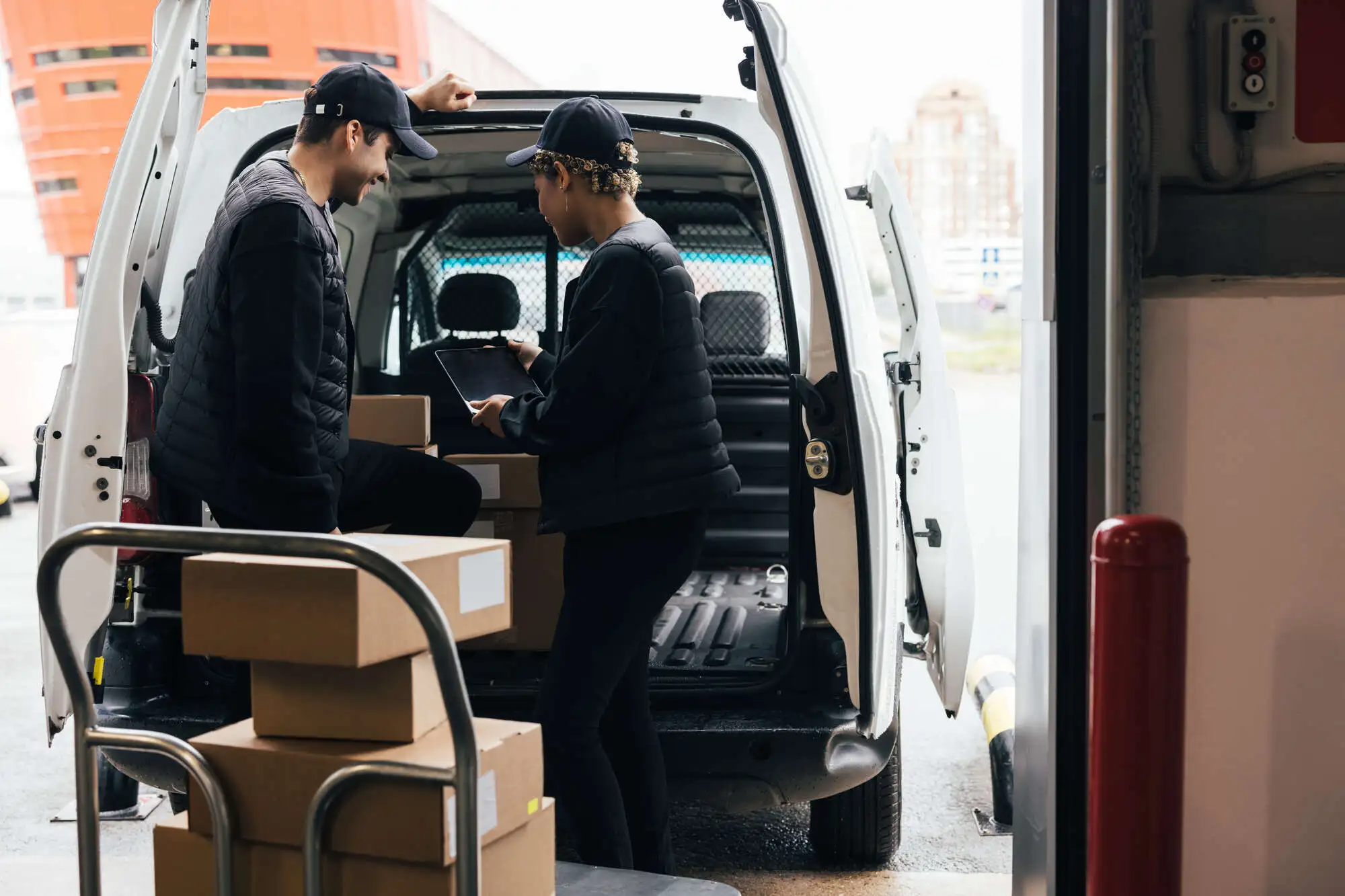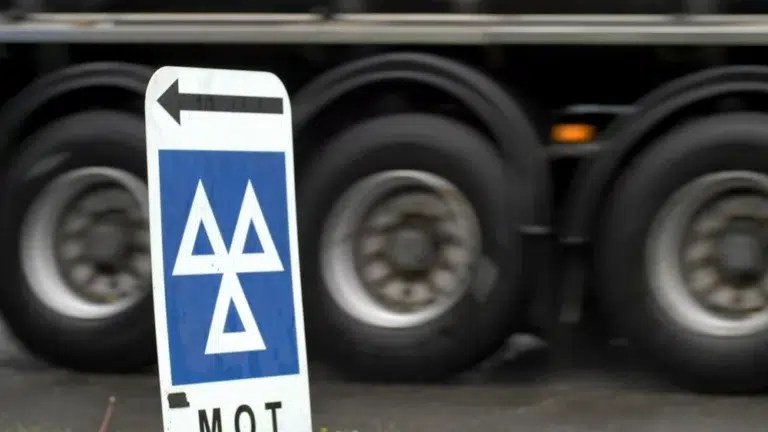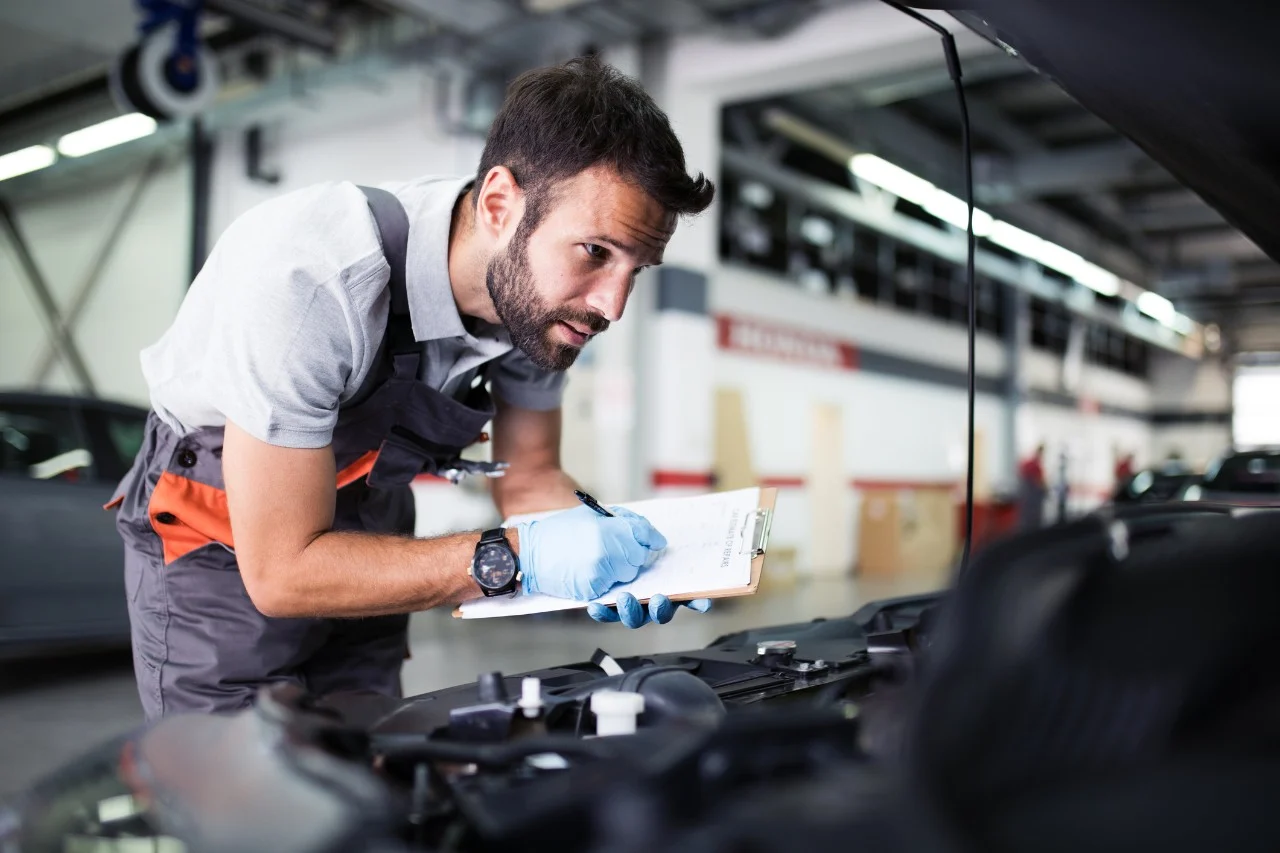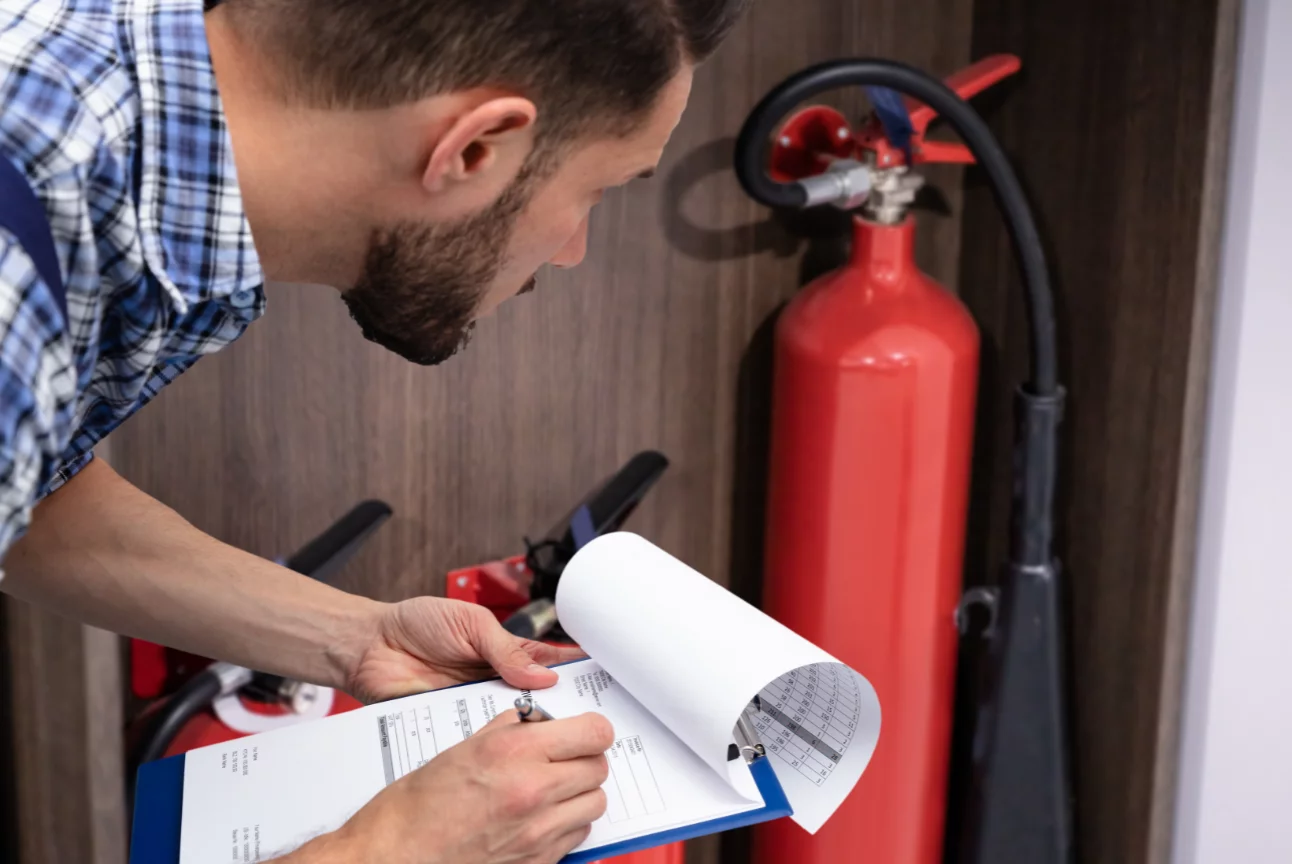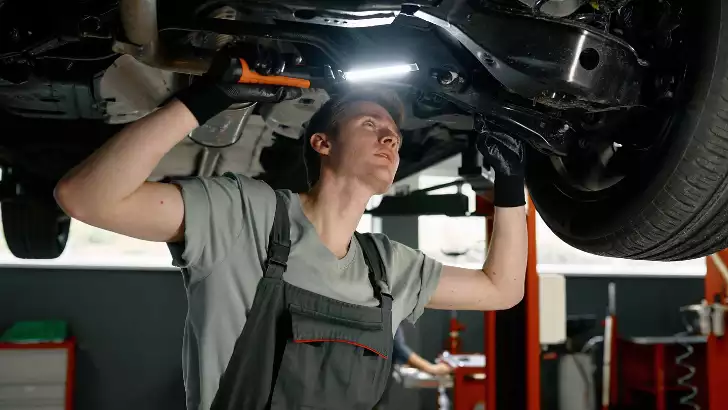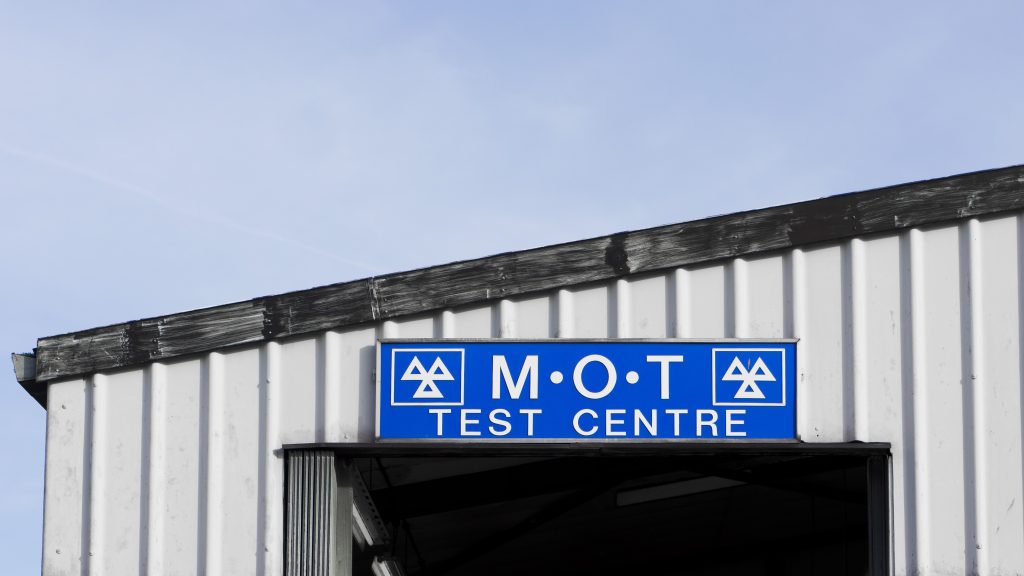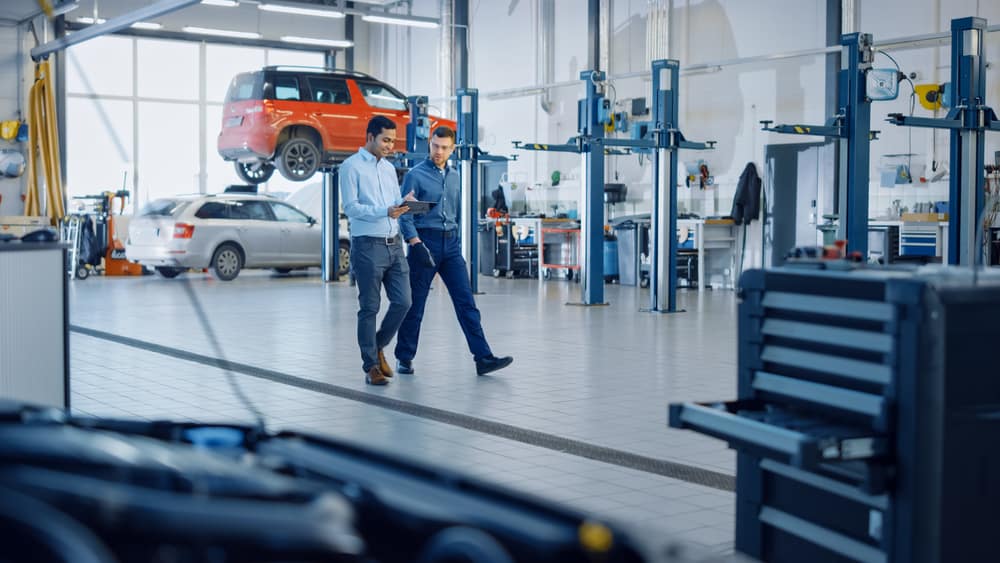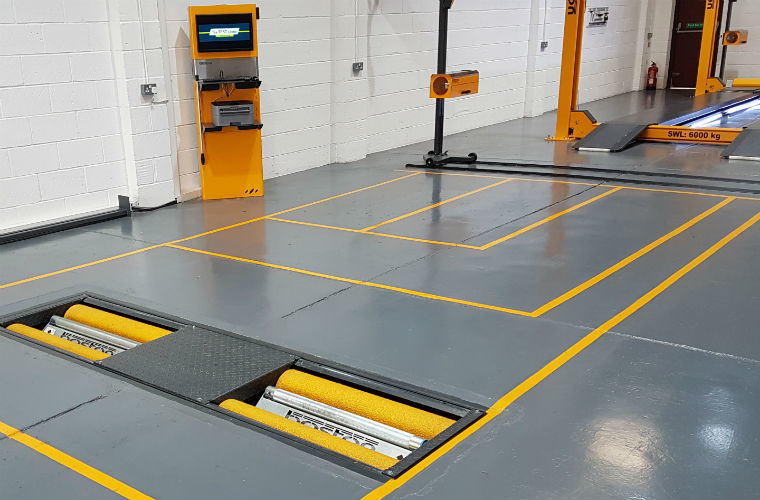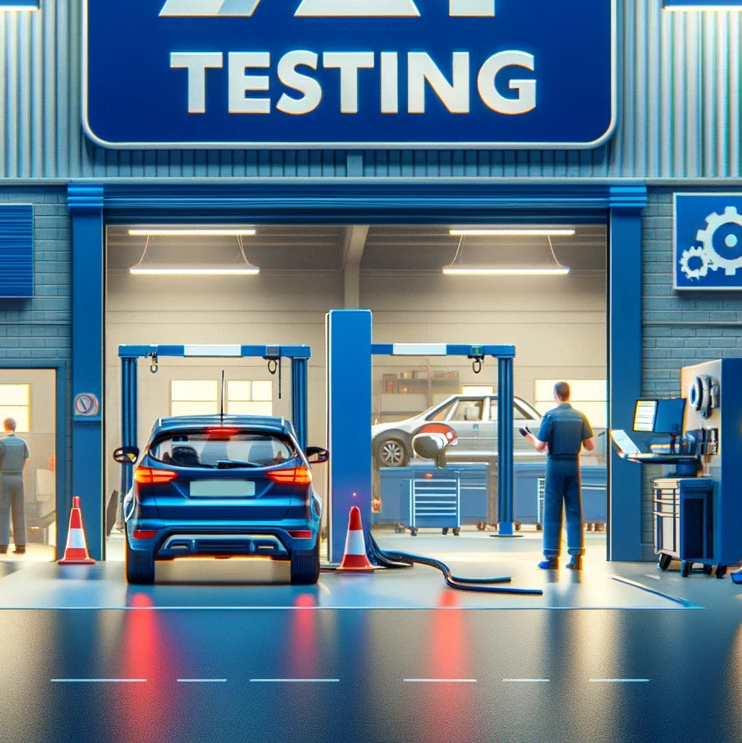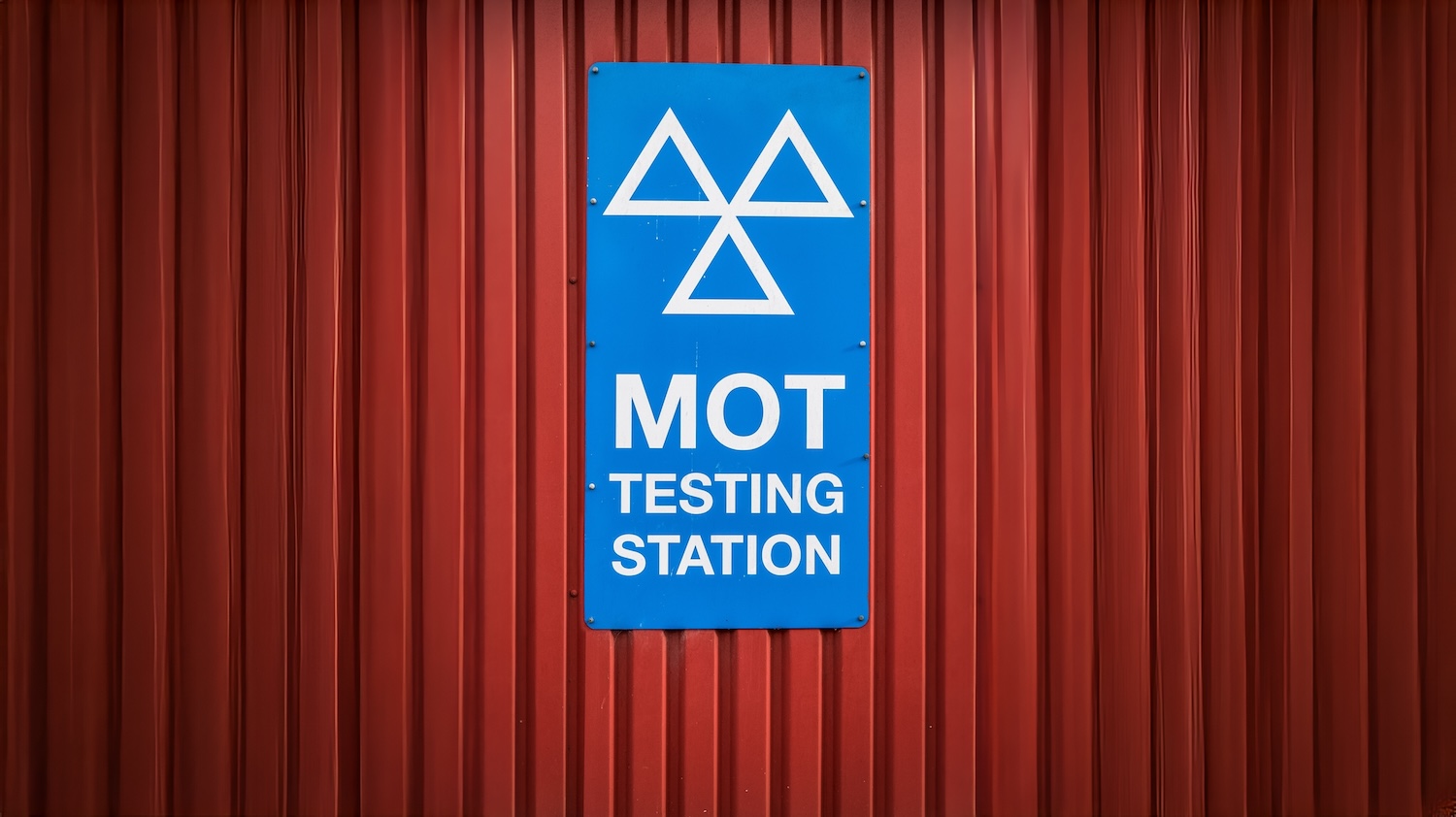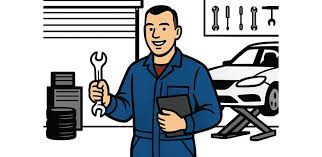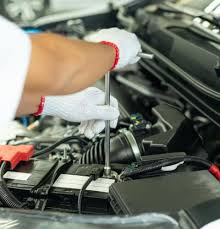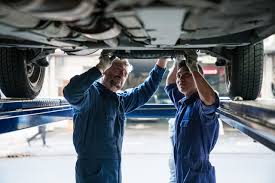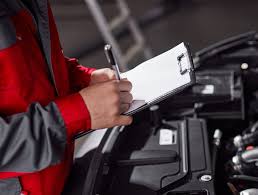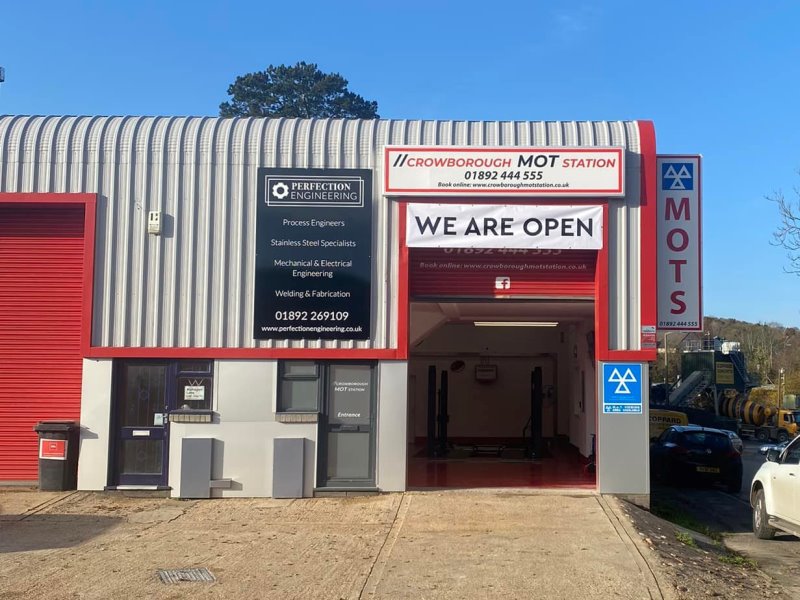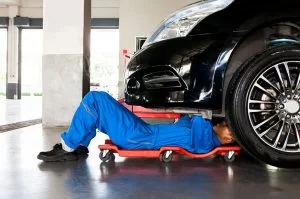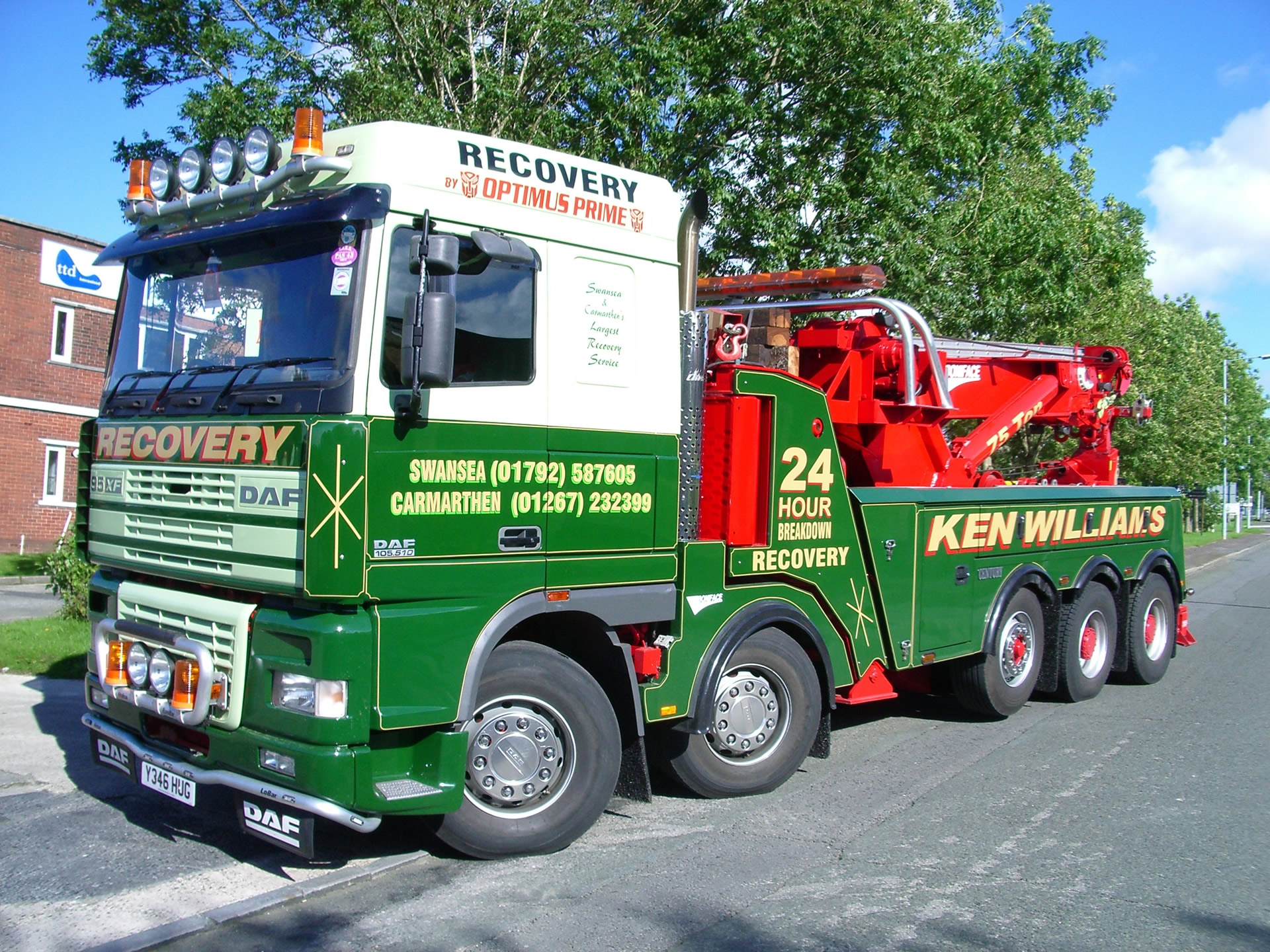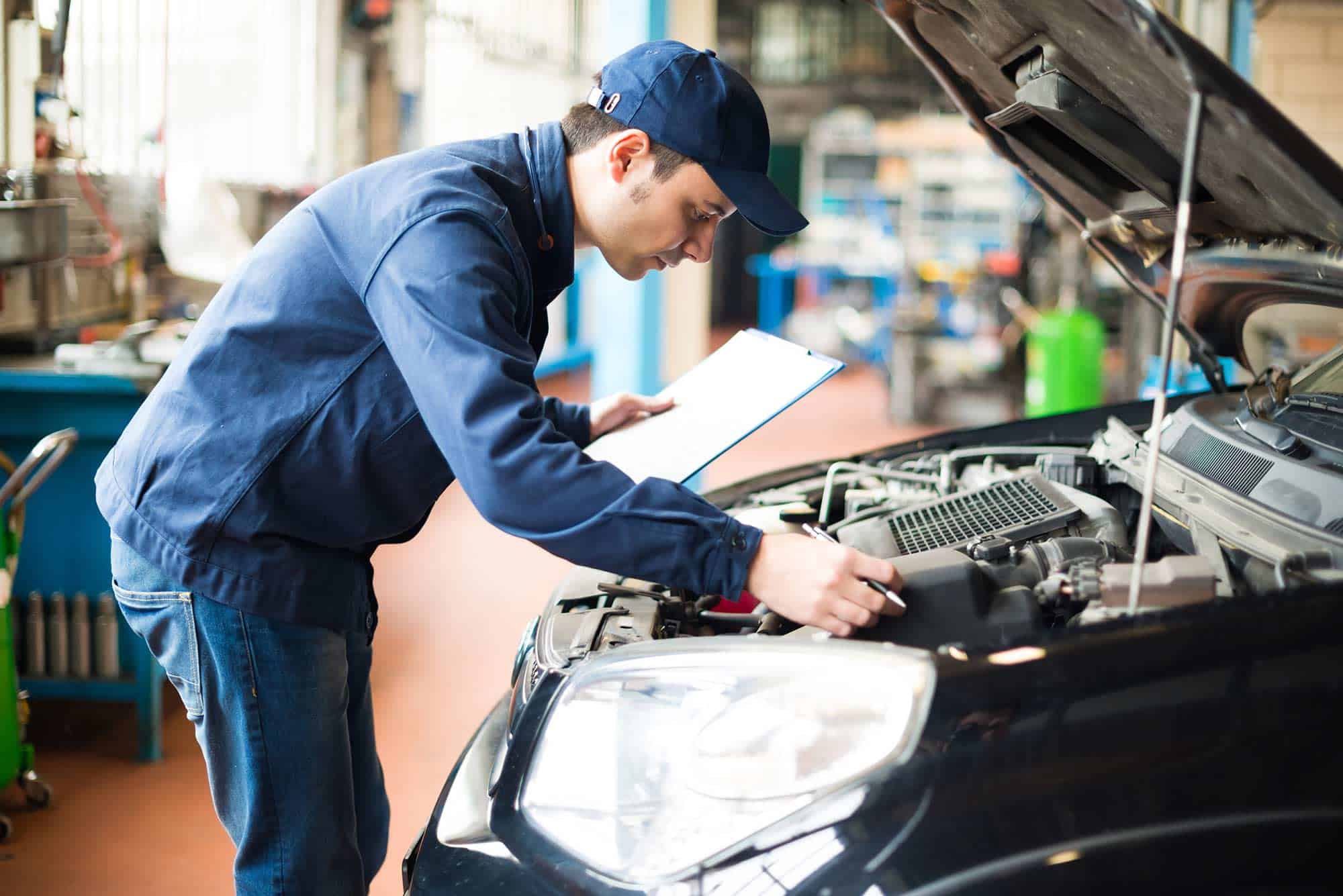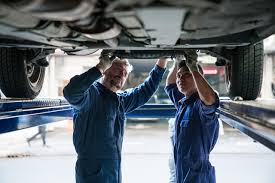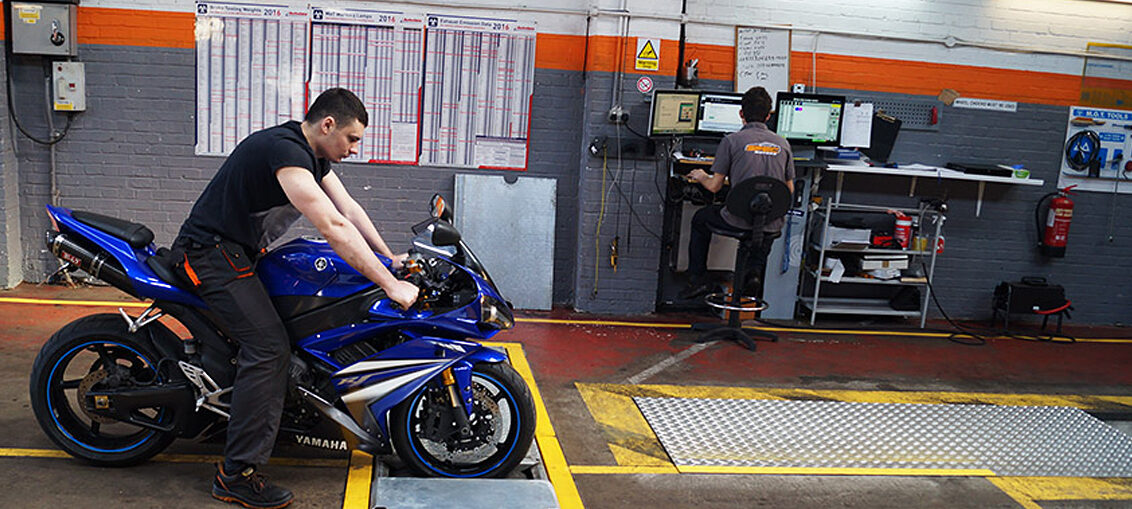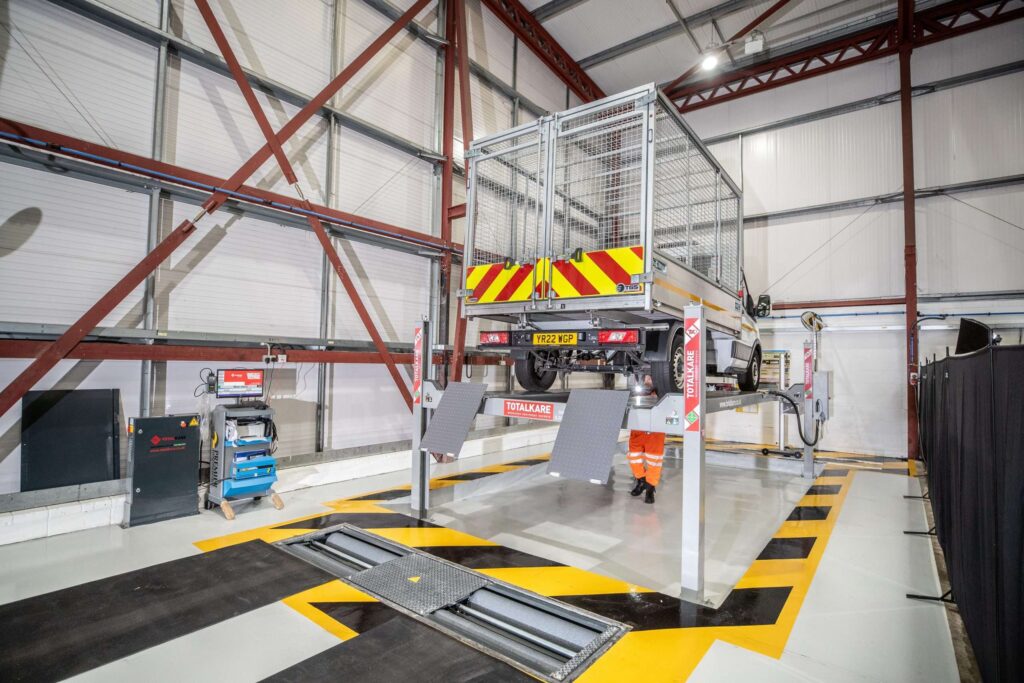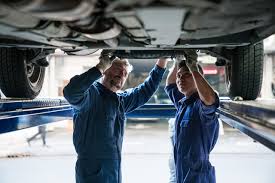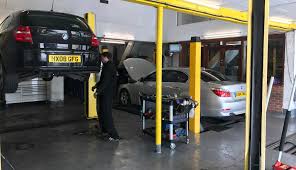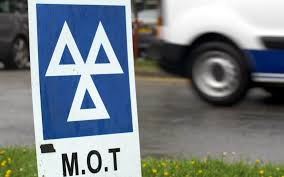Comprehensive public liability protection for MOT testing facilities against customer injury claims and accidents
Understanding MOT Station Public Liability Risks
MOT testing centers face unique public liability exposures as customers regularly visit premises containing vehicle lifts, testing equipment, and potentially hazardous areas. Customer injury insurance provides essential protection against claims arising from accidents on your testing facility premises.
From slip and fall incidents in waiting areas to injuries involving testing equipment or vehicle movement, MOT stations must maintain comprehensive public liability coverage to protect against potentially costly compensation claims.
Common Customer Injury Scenarios at MOT Stations
Premises-Related Injuries
- Slip and fall accidents in customer waiting areas or workshop floors
- Trip hazards from equipment, cables, or uneven surfaces
- Falling objects from storage areas or work benches
- Door and window injuries from faulty mechanisms or glass breakage
Testing Equipment Incidents
- Vehicle lift malfunctions causing injury to observing customers
- Brake testing equipment accidents during customer presence
- Emissions testing apparatus incidents involving toxic exposure
- Headlight testing equipment causing eye injuries
Vehicle Movement Accidents
- Customer struck by moving vehicles during testing procedures
- Vehicle reversing incidents in customer areas
- Parking area accidents involving customer vehicles
- Loading bay injuries during vehicle positioning
Essential Public Liability Coverage Features
Core Protection Elements
- Bodily injury compensation for medical expenses and lost earnings
- Property damage claims involving customer belongings
- Legal defense costs for disputed liability claims
- Court attendance compensation for staff witness requirements
Specialized MOT Station Extensions
- Testing equipment liability for specialized MOT apparatus incidents
- Vehicle handling coverage during testing procedures
- Toxic substance exposure from emissions testing
- Customer vehicle damage during testing operations
Coverage Limits and Considerations
Recommended Coverage Levels
Most MOT stations require public liability coverage between £1-6 million, depending on:
- Daily customer volume and footfall
- Size and complexity of testing facilities
- Types of vehicles tested (cars, motorcycles, commercial vehicles)
- Proximity to high-traffic areas or schools
Policy Exclusions to Consider
- Intentional acts by staff members
- Professional negligence in testing procedures (requires separate PI cover)
- Product liability for parts or components supplied
- Pollution incidents beyond standard testing emissions
Risk Management for MOT Testing Centers
Premises Safety Measures
- Clear customer walkways separated from testing areas
- Non-slip flooring in all customer access areas
- Adequate lighting throughout premises
- Safety barriers around testing equipment and vehicle lifts
Customer Safety Protocols
- Clear safety signage identifying hazardous areas
- Customer briefings on premises safety requirements
- Designated waiting areas away from testing operations
- Emergency procedures clearly displayed and practiced
Legal Requirements and Compliance
Statutory Obligations
MOT testing centers must comply with:
- Health and Safety at Work Act for customer and staff protection
- Occupiers' Liability Act for premises safety standards
- DVSA regulations for MOT testing facility requirements
- Public liability insurance requirements under lease agreements
Documentation Requirements
- Incident reporting procedures and forms
- Safety inspection records and maintenance logs
- Staff training records for customer safety
- Insurance certificate display requirements
Claims Process and Management
Immediate Response Procedures
- Ensure customer safety and provide immediate first aid
- Document the incident with photographs and witness statements
- Notify insurers immediately regardless of claim severity
- Preserve evidence and avoid admitting liability
Supporting Documentation
- CCTV footage from time of incident
- Maintenance records for relevant equipment
- Staff training certificates and procedures
- Previous safety inspection reports
Cost Factors and Premium Considerations
Factors Affecting Premiums
- Claims history and previous incidents
- Annual turnover and customer volume
- Premises size and layout complexity
- Safety measures and risk management procedures
- Staff training levels and qualifications
Premium Reduction Strategies
- Implement comprehensive safety management systems
- Maintain excellent housekeeping standards
- Invest in regular staff safety training
- Install modern safety equipment and barriers
Choosing the Right Coverage
Key Selection Criteria
- Coverage breadth including all MOT-specific risks
- Claims handling reputation of the insurer
- Policy flexibility for changing business needs
- Legal expenses inclusion for comprehensive protection
Additional Considerations
- Integration with other business insurance policies
- Seasonal adjustment options for varying customer levels
- Coverage for temporary premises or mobile testing
- Protection for customer property while on premises


 0330 127 2333
0330 127 2333
